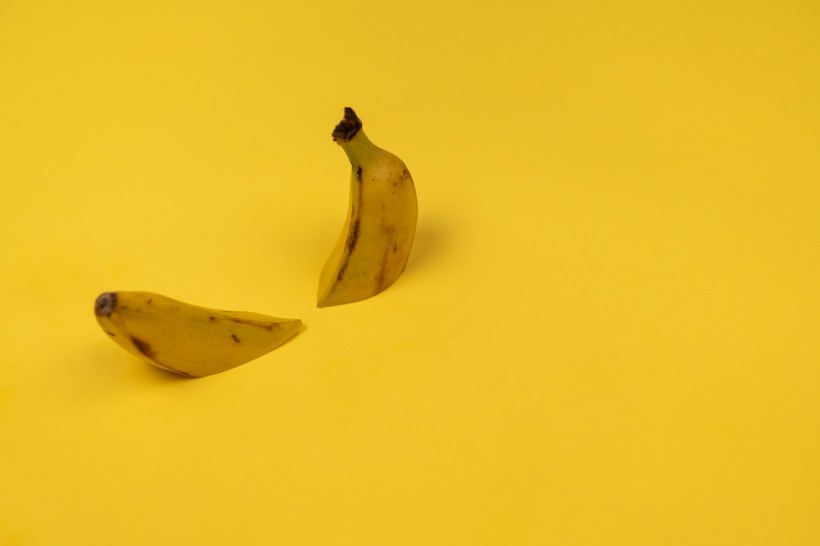Peeling a banana is simple, even for younger kids. Letting a machine do it would squash the fruit, failing the task.
Many argue that most robots could not do any movements and activities involving delicate materials such as soft fruits, as they do not have the capability to balance the task with a particular subject with a complex physical property.
A banana could be the perfect example that can challenge the dexterity of a robot. In a new study, experts tested how an AI-powered machine peels a banana without destroying the fruit along the process.
Banana-Peeling Robot

The robotics study, led by scholars from the University of Tokyo, developed an approach that made a system do complex tasks that included delicate materials. In the research, the machine learning embedded in the robot practiced a method observed by a human demonstrator.
After watching and learning how to peel a banana, the robot's methodology successfully worked. In addition, it broke a record for the fastest banana peeling by a robot in just three minutes.
The robot constructed by Tokyo experts had two arms and hands. Each limb had two fingers on its end to serve as a grip in grabbing objects.
The deep imitation learning system programmed in the robot learned how to peel bananas with the help of one of the researchers, which periodically conducted the activity in a span of 13 hours while the robot observed the method.
The authors explained that the complexity of the banana peeling task would require at least 13 hours for a system to learn it perfectly, Daily Mail reports.
ALSO READ: New Experiment Challenges AI to Obtain Human Consciousness
Deep Imitation Learning in Robots
Peeling a banana in humans is pretty simple, and teaching the skill to others is the same. But contrary to popular belief, relaying just a single complex command to an advanced robotic structure requires a whole dataset for the machine to imitate and figure out what is happening.
The developers laid out various stages for the machine to carry out the process, such as holding the fruit, picking it from the table, grasping the tip firmly, and peeling off its layer. The experiment took a lot of bananas for the robot to practice the skill.
According to the results, the robot could peel a banana without destroying the fruit 57 percent of the time. The whole process averaged three minutes or less per banana.
The authors expect that the technology they developed would help future systems, aside from peeling bananas that require fine motor skills over delicate components and materials.
Many robotic developments are already into such complex tasks, including a machine created by Sierra-based Workshop 4.0.
This separate robot could present complex food by doing the preparations needed to build a particular menu.
The study was published in arXiv, titled "Robot peels banana with goal-conditioned dual-action deep imitation learning."
RELATED ARTICLE: 'Ai-Da' Known As the World's First AI Humanoid Artist Will Showcase Paintings, Sculptures at Venice Biennale
Check out more news and information on Artificial Intelligence in Science Times.














